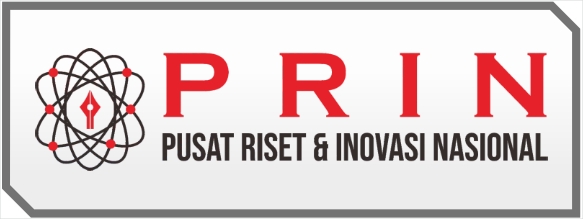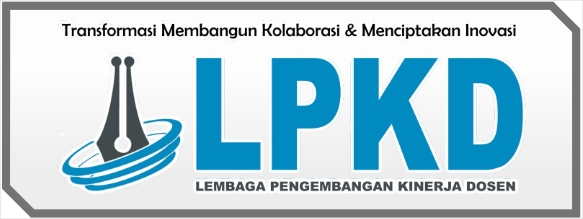Analisis Kemampuan Pemecahan Masalah Matematis Siswa Ditinjau Dari Gaya Belajar Pada Materi Spltv Kelas X SMA Karya Sekadau
DOI:
https://doi.org/10.55606/jurrimipa.v1i2.578Keywords:
Problem Solving Ability, Learning Style, SPLTVAbstract
The research method used in this research is descriptive qualitative research and the form of research used is a case study with the subject being students of class X IIS 4 consisting of 30 students. The data collection tool used was a learning style questionnaire, a test of mathematical problem solving abilities in the form of 2 essays, and interviews with 6 students, namely 2 students with a visual learning style, 2 students with an auditory learning style, and 2 students with a kinesthetic learning style. Before being used in this study, the questions were tried out to determine validity, discriminatory power, index of difficulty, and test reliability. From the results of the study it can be concluded that the students' mathematical problem-solving abilities in terms of learning styles in SPLTV material as a whole have a percentage of 65% with moderate criteria. The sub-problems in this study are as follows: (1) The mathematical problem solving ability of students with a visual learning style has a percentage of 64.82% with moderate criteria; (2) Mathematical problem solving ability of students with auditory learning style ability has a percentage of 72.92% with moderate criteria; (3) The ability of students' mathematical problem solving with learning styles has a percentage of 61.72% with low criteria.
References
Aryeline, L. B. dkk. (2014). Pengaruh Gaya Belajar Visual, Audiotorial, dan Khinestik Terhadap Prestasi Belajar Siswa. Jurnal Kependidikan. 44(2), 169.
Baro, S. (2016). Analisis Kemampuan Representasi Matematika Siawa SMPN 2 Bedua Dalam Materi Operasi Pecahan Ditinjau Dari Gaya Belajar Siswa. SKRIPSI (Tidak Diterbitkan).
Mawaddah, S. & Anisah, H. (2015). Kemampuan Pemecahan Masalah Matematis Siswa Pada Pembelajaran Matematika Dengan Menggunakan Model Pembelajaran Generatif (Generatif Learning). Jurnal Pendidikan Matematika. 3(2), 170
Novitasari, D. (2016). Pengaruh Penggunaan Multimedia Interaktif Terhadap Kemampuan Pemahaman Konsep Matematis Siswa. Jurnal Pendidikan Matematika & Matematika. 2(2), 9.
Palup, D. D. dkk. (2017). Proses Berpikir Kritis dalam Memecahkan Masalah Terbuka Berbasis Polya Sub Pokok Bahasan Persegi Panjang dan Persegi Siswa Kelas VII-B SMP Negeri 10 Jember. Kadikma. 8(3), 163.
Pontiasari, H. (2019). Analisis Kemampuan Pemecahan Masalah Matematis Ditinjau Dari Gaya Belajar Siswa Dalam Materi Operasi Hitung Pecahan Kelas VII SMP Negeri Pontianak. SKRIPSI (Tidak Diterbitkan).
Sarfa, W. (2016). Analisis Gaya Belajar Siswa Terhadap Hasil Belajar Matematika Pada Materi Himpunan Siswa Kelas VII SMP Negeri Karang Jaya Kecamatan Namlea Kabupaten Buru. Jurnan Matematika Dan Pembelajarannya. 2(1), 84.
Siagian, M. D. (2016). Kemampuan koneksi matematik dalam pembelajaran matematika. MES(journal of mathematics education and secience). 2(1), 63.
Tina, S. S. (2016). Peningkatan Kemampuan Pemecahan Masalah Matematika Siswa Melalui Pembelajaran Berbasis Masalah. Jurnal Pendidikan Matematika STKIP Garut. 5(2). 150.
Umrana. dkk. (2019). Analisis Kemampuan Pemecahan Masalah Matematis Ditinjau Dari Gaya Belajar Siswa. Jurnal Pembelajaran Berfikir Matematika. 4(1).68-69.
Downloads
Published
How to Cite
Issue
Section
License
Copyright (c) 2022 JURNAL RISET RUMPUN MATEMATIKA DAN ILMU PENGETAHUAN ALAM

This work is licensed under a Creative Commons Attribution-ShareAlike 4.0 International License.
















